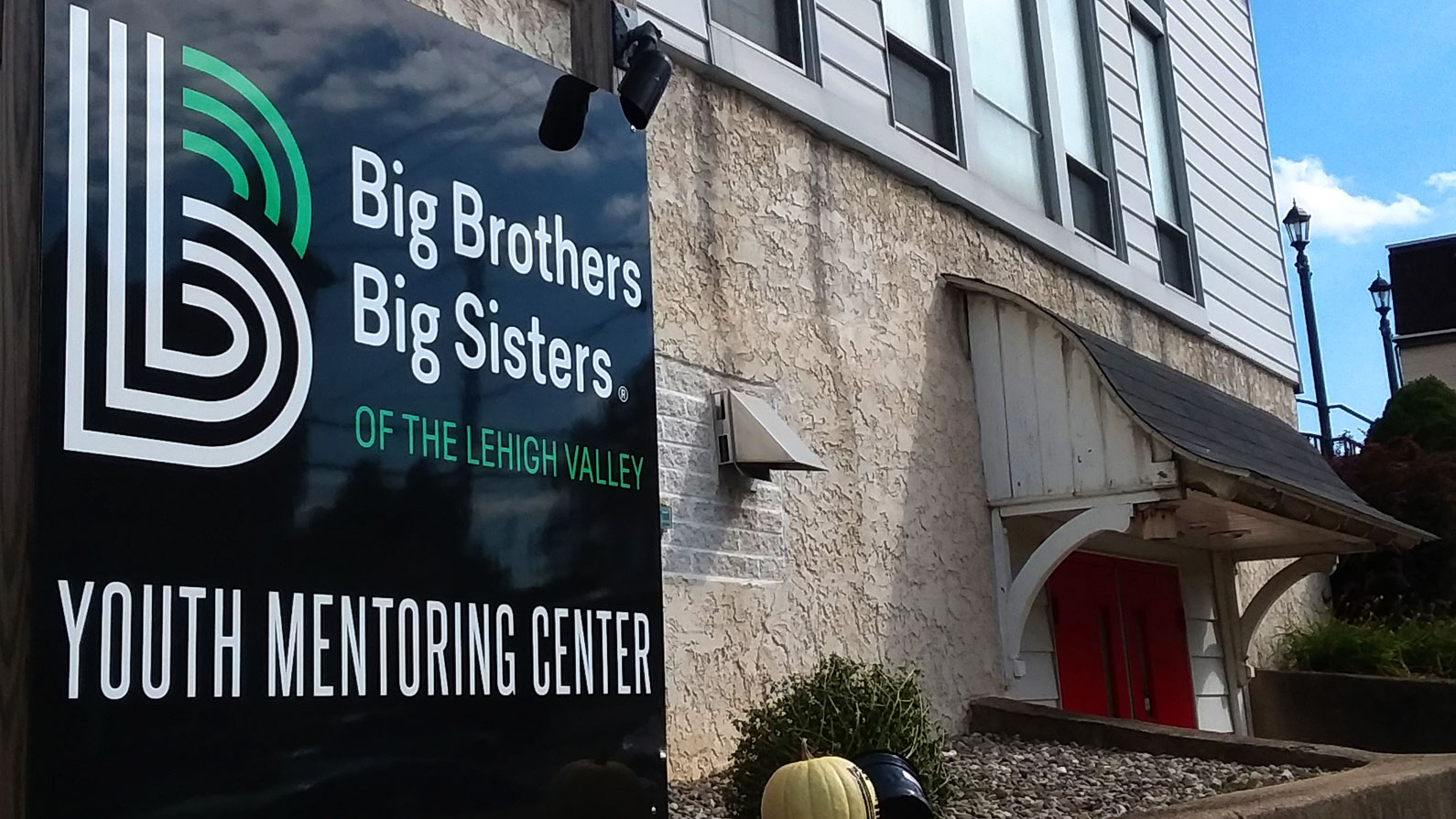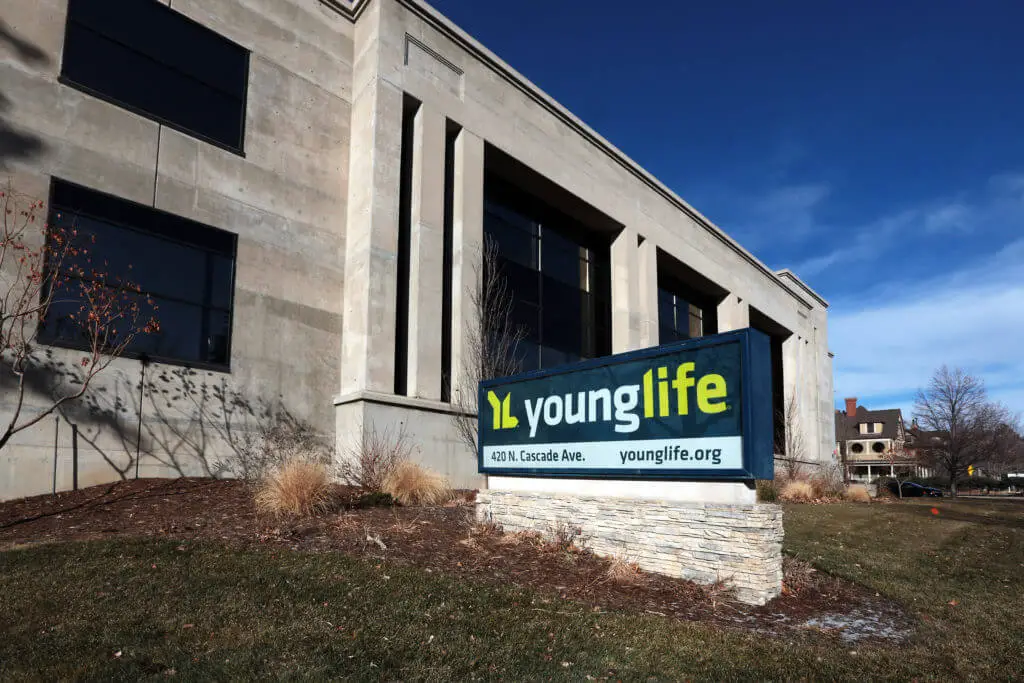Boys and Girls Clubs of America (BGCA) Mission and Vision Statement Analysis

Boys and Girls Clubs of America’s mission statement is “to enable all young people, especially those who need us most, to reach their full potential as productive, caring, responsible citizens.” The vulnerable groups of young boys and girls are emphasized in this mission statement as the primary target for the Boys and Girls Clubs of America. The statement also indicates that the company focusses on exploiting different tactics to hone the overall development of their personalities. The statement comprises of these elements:
- Improving lives. The main purpose of the Boys and Girls Clubs of America (BGCA) is to help those in need to have better opportunities in life. Ideally, the organization looks to bridge the gap between the disadvantaged young people in the U.S. and the rest by nurturing them through the most critical stages of their lives. It explains why the activities of the Boys and Girls Clubs of America are described as after-school. The aim of the initiatives supported by this organization is to solve problems engulfing these children as early as possible and grant them an equal opportunity for successful adult life just like other children. In fact, the Boys and Girls Clubs of America states that the safety and wellness of its beneficiaries is its number one priority. The efforts of the organization to keep these children safe is one of the many ways through which it gives them a better chance in life.
- Improving communities. In this element of the mission and vision statement, the Boys and Girls Clubs of America (BGCA) illustrates that its reach goes beyond helping individual youth members. It does this by recognizing and fighting against the diverse social ills that make children vulnerable in the societies including the marginalization of the physically and mentally challenged, and the LGBT groups. For instance, the Boys and Girls Clubs of America provides understands that the safety threat obscures the ability of children to think and plan about their future, and this has a significant impact on the progress of the society where they live. In response, the organization creates conducive environments in these societies to ensure that children not only survive but also thrive. The concept of this approach is that when young people excel, so do their communities by extension.
Introduction
Boys and Girls Clubs of America’s (BGCA) mission and vision statements are a reflection of the impact an organization can have on the lives of young minds in a country. The national organization has demonstrated its commitment to nurturing talents and skills among boys and girls in the U.S. since 1960. Essentially, this organization was established to tap into the talents of the youths using different approaches in addition to those applied in conventional educational institutions.
The prominence associated with the Boys and Girls Clubs of America is specially attributed to the current mission and vision statements that have fast-tracked the progress of this organization to becoming an admirable institution. A corporate vision statement determines the growth path of an organization towards a premeditated future, while a corporate mission statement describes the strategic approaches that the organization uses as the driving force towards the set future.
In this case of the Boys and Girls Clubs of America, the vision statement is all about the mentoring principles of the establishment to link the young people with success in their lives. On the other hand, the mission statement highlights its target beneficiaries and how the body wishes to impact their development process as they grow into adults.
Core values also have a lot to do with the fame and success of the Boys and Girls Clubs of America. These are essentially the guiding principles or morals that govern the operations in this organization. The presence of these values has been critical in retaining the focus of the Boys and Girls Clubs of America towards its mission and vision.
Vision Statement
Boys and Girls Clubs of America’s vision statement is “to provide a world-class Club Experience that assures success is within reach of every young person who enters our doors, with all members on track to graduate from high school with a plan for the future, demonstrating good character and citizenship, and living a healthy lifestyle.” The vision statement underscores the influence the company seeks to have on the overall outcome of its youth members through its programs. This vision statement by Boys and Girls Clubs of America has the following components:
- World-class Club Experience. To satisfy this component of its vision statement, the Boys and Girls Clubs of America not only provides young people with clubs but also incorporates initiatives that make a difference in their lives. For instance, the organization partners with the American military bodies to support children whose life is constantly disrupted by the frequent relations and other challenges. It also gives a home to the homeless and the marginalized natives, giving them home to compete with other youths in the country. With such efforts, Boys and Girls Clubs of America distinguishes itself from conventional youth clubs doing much more.
- Creating a plan for the future. Boys and Girls Clubs of America meets the needs of this component through its diverse initiatives that impart hands-on skills on all its youth members. Some of these comprise sports and recreational skills, educational development, honing of artistic talents, career guidance, character and leadership, and other life skills including positive lifestyles. In fact, the organization provides evidence that over 91% of its beneficiaries can participate in the democratic processes, and stand up for the rights of others. It shows that such individuals have a purpose in life, courtesy of Boys and Girls Clubs of America.
Core Values
Boys and Girls Clubs of America core values comprise “be there, inclusivity, and cooperation.” These are the principles that guide the activities of all employees and stakeholders working with the Boys and Girls Clubs of America.
The most important value for the Boys and Girls Clubs of America is to create awareness among Americans that there are children who need their help. The organization also indicates that it extends its aid to all youths in need without any forms of discrimination, and calls for complete support from well-wishers and government.
References
- Anderson-Butcher, D., & Cash, S. J. (2010). Participation in Boys & Girls Clubs, vulnerability, and problem behaviors. Children and Youth Services Review, 32(5), 672-678.
- Anderson‐Butcher, D., Newsome, W. S., & Ferrari, T. M. (2003). Participation in boys and girls clubs and relationships to youth outcomes. Journal of Community Psychology, 31(1), 39-55.
- Arbreton, A. J., & McClanahan, W. S. (2002). Targeted Outreach: Boys & Girls Clubs of America’s Approach to Gang Prevention and Intervention.
- Bart Baetz, C. K. M. C. (1998). The relationship between mission statements and firm performance: An exploratory study. Journal of management studies, 35(6), 823-853.
- Bart, C. (2004). Innovation, mission statements and learning. International Journal of Technology Management, 27(6), 544-561.
- Bart, C. K., & Tabone, J. C. (1999). Mission statement content and hospital performance in the Canadian not-for-profit health care sector. Health Care Management Review, 24(3), 18-29.
- Bart, C. K., Bontis, N., & Taggar, S. (2001). A model of the impact of mission statements on firm performance. Management decision, 39(1), 19-35.
- Bartkus, B., Glassman, M., & McAFEE, B. R. U. C. E. (2006). Mission statement quality and financial performance. European Management Journal, 24(1), 86-94.
- Boys and Girls club of America – About.
- Eisenberg, D., & Hutton, D. (2016). Estimating the Return on Investment for Boys & Girls Clubs. Ann Arbor, Mich.: Institute for Social Research and School of Public Health at University of Michigan). Collective annual operating cost and lifetime estimates have been updated using.
- Kirwin, B. (2012). Millennials and Connectivity: Four Futures of Nonprofit Fundraising.
- Pearce, J. A., & David, F. (1987). Corporate mission statements: The bottom line. Academy of Management Perspectives, 1(2), 109-115.
- Pierre, T. L. S., Mark, M. M., Kaltreider, D. L., & Aikin, K. J. (1997). Involving parents of high-risk youth in drug prevention: A three-year longitudinal study in boys & girls clubs. The Journal of Early Adolescence, 17(1), 21-50.











